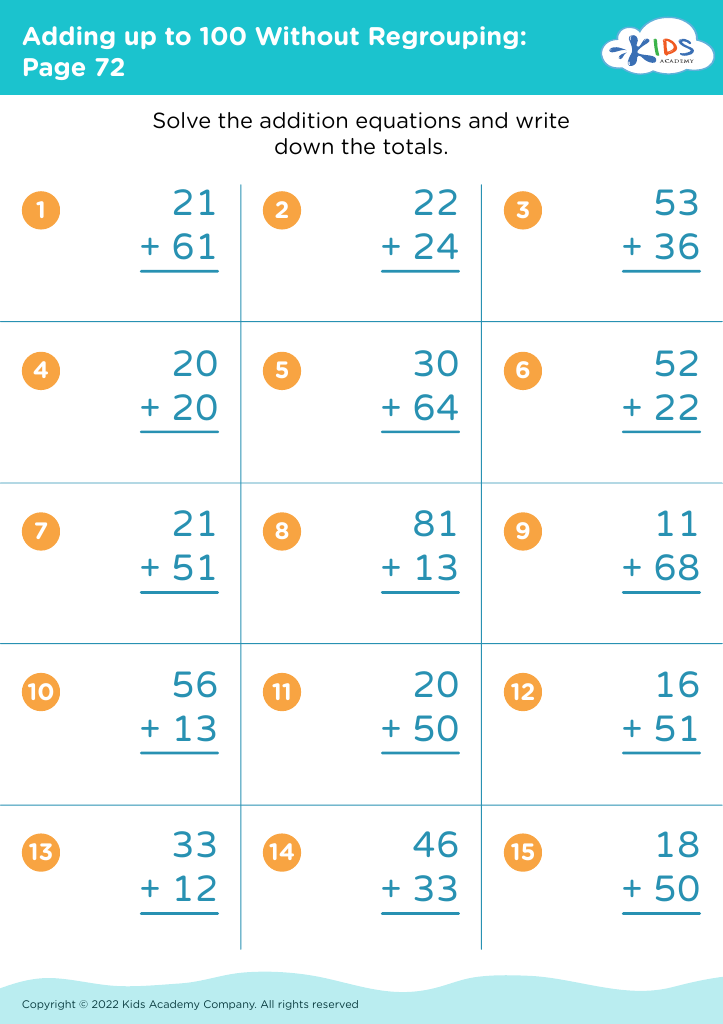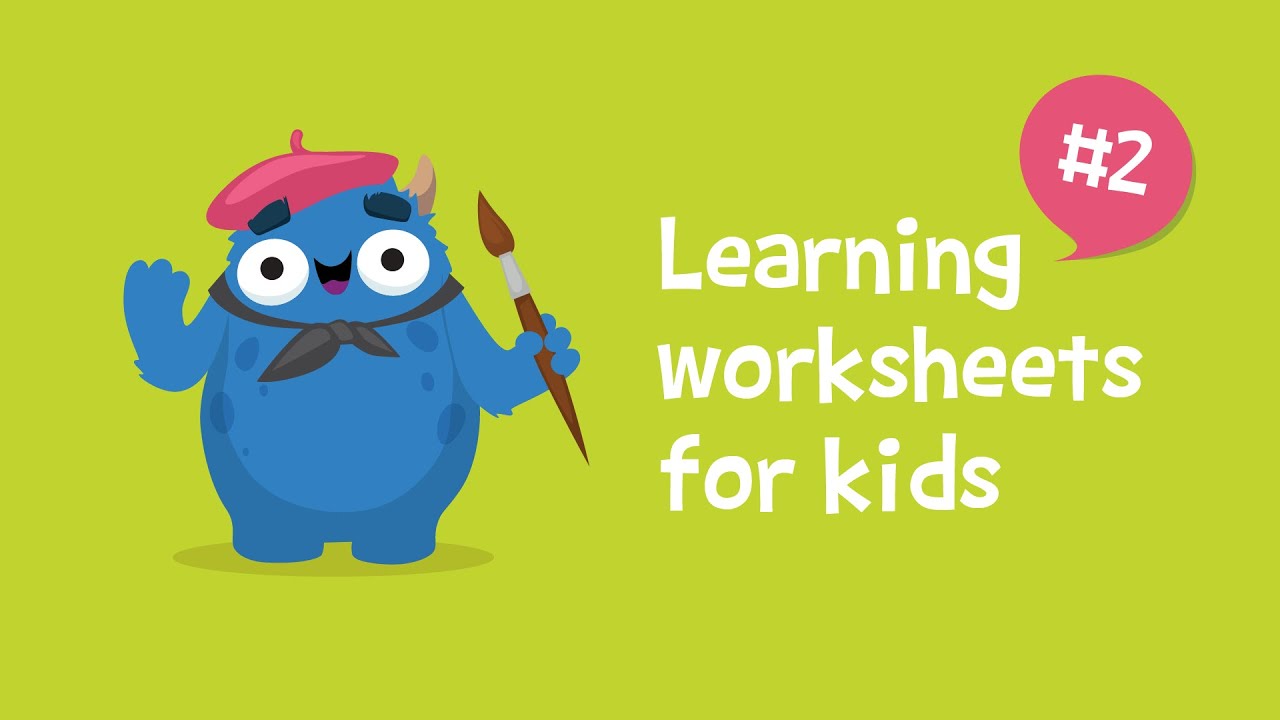Reinforce reading skills Worksheets for Kids
1 filtered results
-
From - To
Question/Answer
Why is the Reinforce reading skill important for Grade 2 students?
The Reinforce reading skill is crucial for Grade 2 students because it solidifies their foundational reading abilities, enhancing fluency, comprehension, and vocabulary. This stage of learning builds their confidence in reading, supports academic success across subjects, and fosters a lifelong love for reading. It also prepares them for the more complex texts and concepts they will encounter in higher grades.
How does the mastery of the Reinforce reading skill affect a student's performance at an early age?
Mastering the Reinforce reading skill at an early age significantly improves a student's performance by enhancing comprehension, vocabulary, and critical thinking skills. It lays a foundational building block for academic success across all subjects by fostering a strong reading foundation, leading to increased confidence, better grades, and a lifelong love for learning.
How to train the Reinforce reading skill in Grade 2 students learning about Adding up to 100 Without Regrouping?
To reinforce reading skills in Grade 2 students learning about adding up to 100 without regrouping, use story problems that incorporate simple addition scenarios. Ensure these stories are brief and relatable to the students' experiences. Additionally, have students read the problems aloud, discuss the stories in pairs, and highlight or write out the addition sentence that represents each problem.













